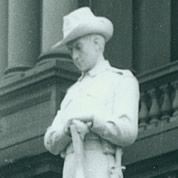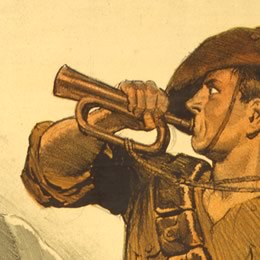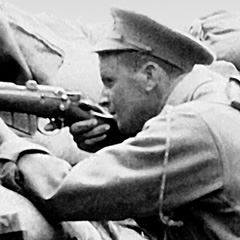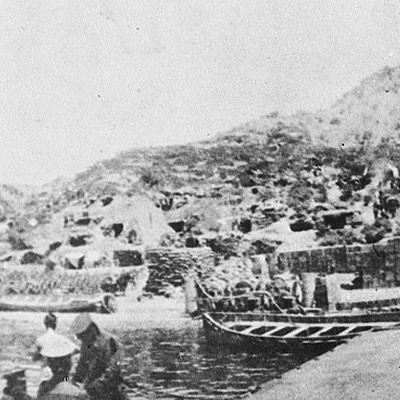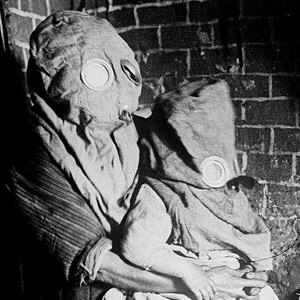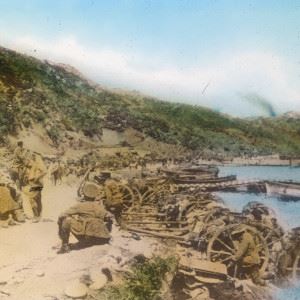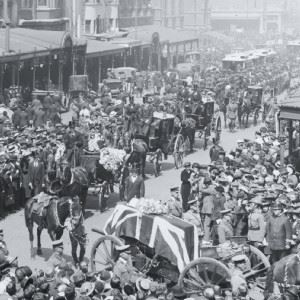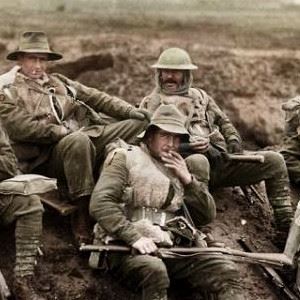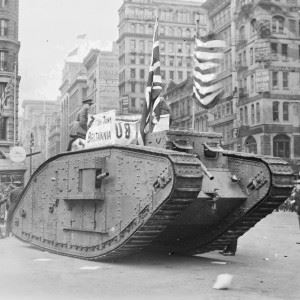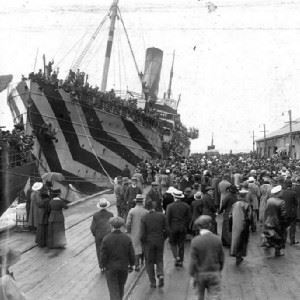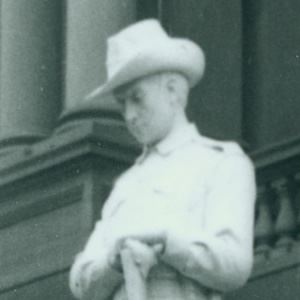Snapshots of War
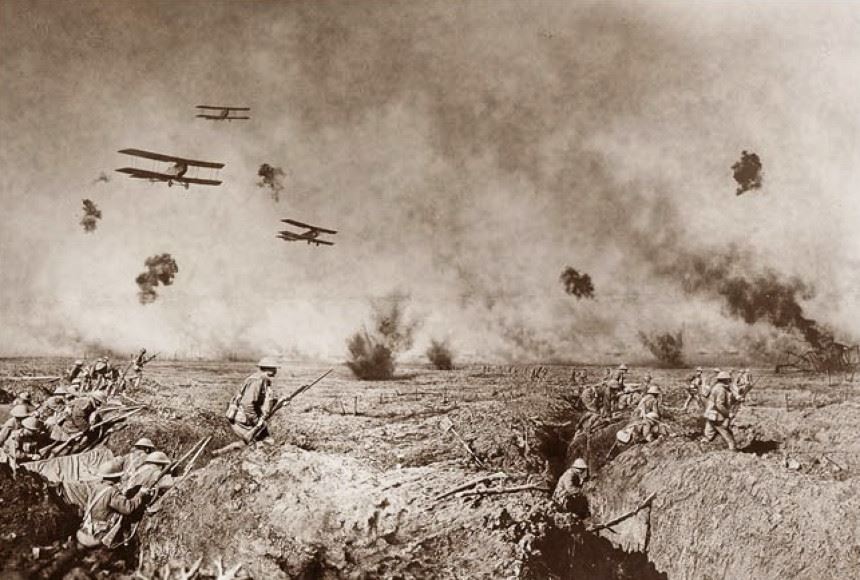
Snapshots of War - The battle in the air
The rise of the air force during World War I caused significant changes in tactics. Initially, reconnaissance aircraft provided information about enemy positions. To combat this threat, fighter planes were developed and soon the struggle for air supremacy became a feature of the war. At the height of the war, the Allies were losing 900 aircraft every month, half their air force.Snapshots of War - Nursing
The Australian Army Nursing Service was the only role for women in the AIF. Official nurses were required to have at least 3 years’ training in a recognised hospital. Other women without formal training nursed as unpaid Voluntary Aides attached to the Red Cross. The Hunter provided 70 nurses./Ida-Greaves-Australian-Voluntary-Hospital-St-Nazaire-France-1914.jpg.aspx?lang=en-AU)
Australian Voluntary Hospital, St Nazaire - France 1914
Snapshots of War - Armistice and Coming Home
The Great War ended on 11/11/1918 and the Hunter’s men returned home. In Newcastle, great growth occurred in the suburbs of Mayfield, Mayfield West, Stockton, Adamstown, New Lambton and Georgetown when hundreds of houses were built for returnees.
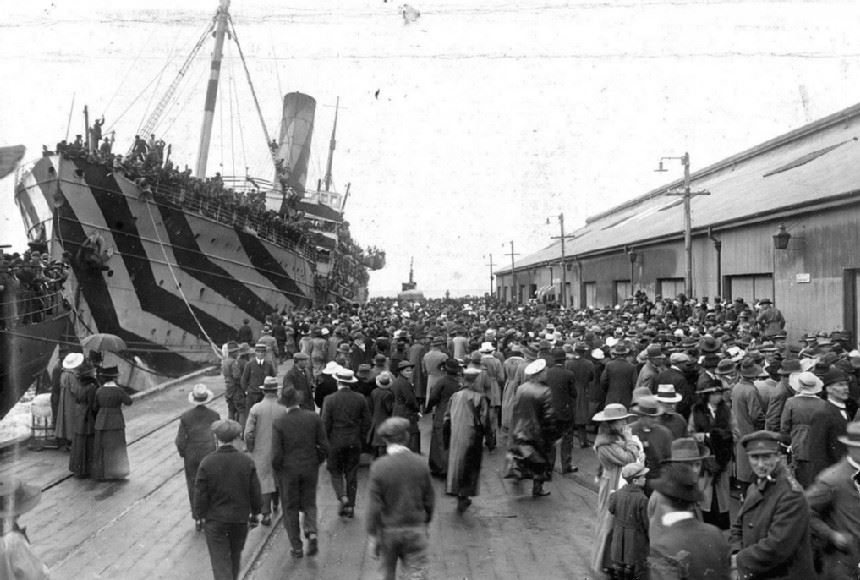
Crowds welcoming troops coming home at Outer Harbor, Port Adelaide in 1919.
(State Library of South Australia - PRG 2801/1/22/359)

